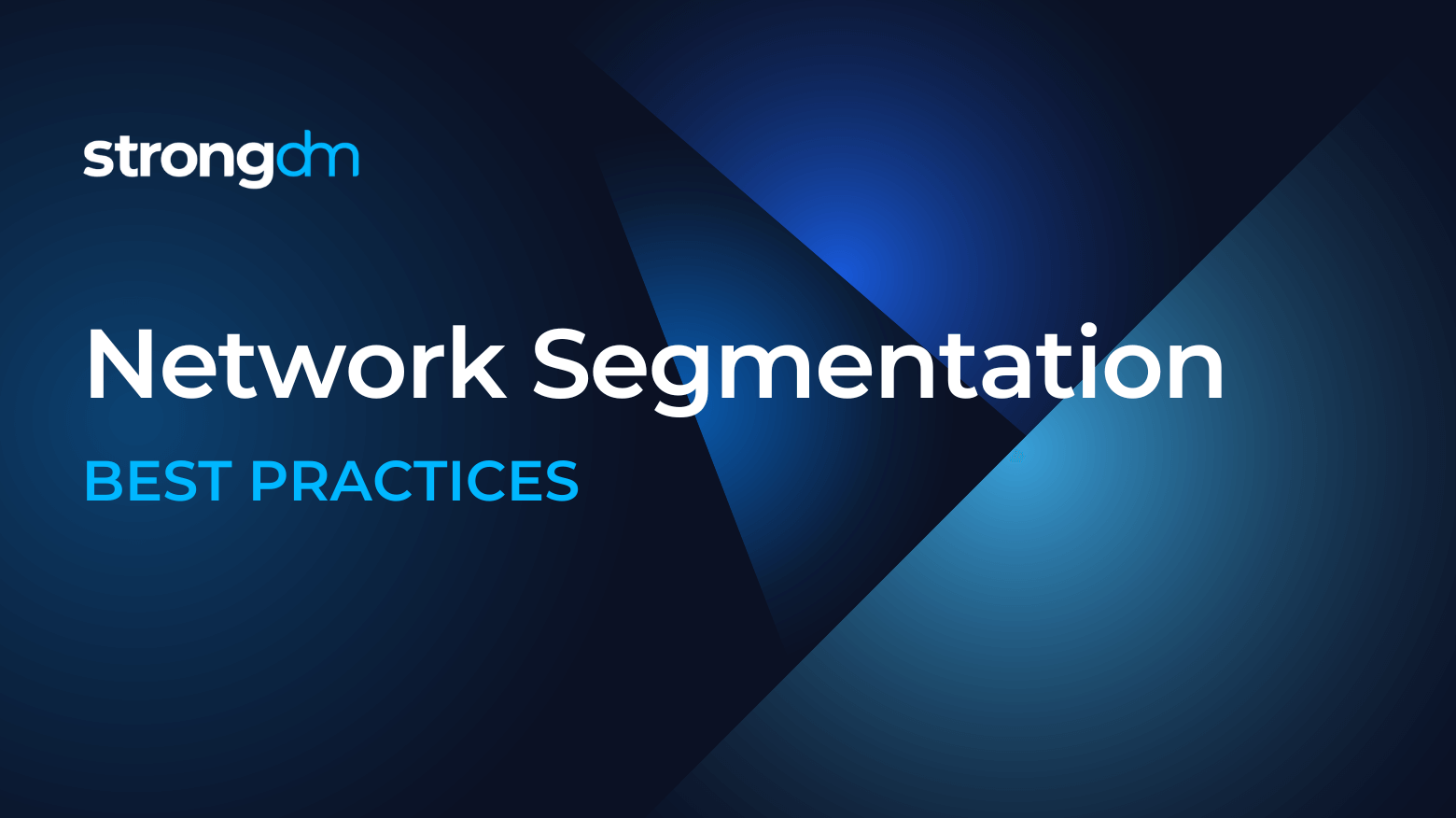BeyondTrust FKA Bomgar is an access management and endpoint security solution which provides end user access and monitoring for a variety of platforms and devices including: Linux, Windows, Mac, Unix, and other mobile and cloud platforms. BeyondTrust has a host of solutions in privileged identity & access management, privileged remote access and vulnerability management. However, if you're looking for a simple and secure way to manage access to databases, Kubernetes clusters, or other internal

-2.jpg)




